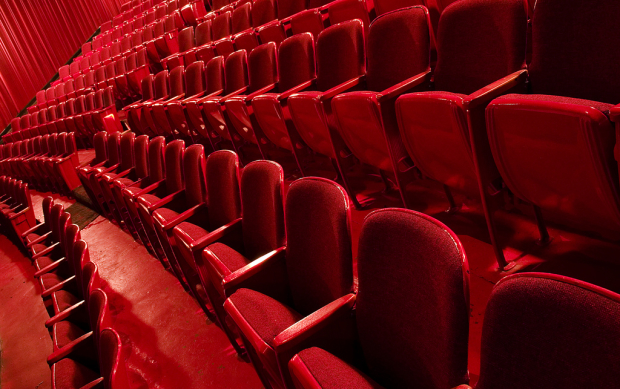Theatre criticism is in desperate need of greater diversity
As the new Critics of Colour initiative is launched, Sarah Crompton looks at why it’s a vital initiative for the theatre industry

We pride ourselves on having a diverse critical culture in Britain. Unlike in America, where the power of the New York Times critics can make or break a show, the range of views expressed across newspapers and websites in this country guarantees a range of opinion. My two star review of Absolute Hell, for example, can be set against many people's thumbs up. My love for The Writer, is balanced by the distaste of others.
This is all very healthy. At its best, it should encourage vigorous and impassioned debate about what we see on our stages. It should give audiences a chance to make up their own minds, but not slavishly follow any one other person's view.
This apparent richness, however, disguises serious problems. Ella Hickson has a pop at them in The Writer, when a 24 year-old woman responds to the statement "the critics liked it" with the barb "And in what other realm of life would a twenty-four year-old woman let a bunch of old white guys tell her what's good to do on a Friday night? Let alone what might defibrillate her soul."
I came to recognise that the way I reacted to the work wasn't always the same as the way the critics did
A fair point. But those old white men helped to get me interested in theatre and in dance. Growing up in Manchester and rarely getting to London, I read avidly about culture in books and newspapers, pieces written exclusively by blokes of a certain set of mind: Kenneth Tynan, Bernard Levin, Harold Hobson; John Percival, Clement Crisp. Later on, I avidly studied Michael Billington (still going strong) and my now retired former colleague Charles Spencer.
I loved what they wrote and learnt from it. But as time went on, I came to recognise that the way I reacted to the work in front of my nose wasn't always the same as the way they did. The plays of women writers seemed under-valued; the plays of white men such as themselves over-praised. Works that rang a chord in my life, did not always chime with theirs.
And if I felt that as a white woman, imagine how they read to a person of colour. It's not that you can't react to and enjoy a response that comes from a different place than you do, but just as it is right to see yourself reflected on a stage or a screen, then it also matters that you can read reactions based on similar backgrounds as well. Or indeed write about theatre, drawing on your own experience and values.
Journalists are often not included in the debates that are improving diversity in other aspects of theatre
These things are hard to write about, but necessary to address. One of the most dismaying things about the West End, is how rare it is – given the multi-cultural nature of London – to see black faces in the audience. The audience for Tina, for example, is overwhelmingly white, which made a point about her music (rock, mainstream) that I had never fully appreciated before. But I'd also have liked to hear a black critic write about how it made her feel, watching white people, watching a black woman being beaten up by a black man. That wasn't the main point about this essentially feelgood musical, but it was undoubtedly one raised.
So how brilliant it is that the journalist Bridget Minamore, playwright Sabrina Mahfouz and arts producer Georgia Dodsworth have just launched The Critics of Colour Collective with the aim to make theatre more accessible by widening the pool of people who write about it. Minamore points out that critics and journalists are often not included in the debates that are improving diversity in other aspects of theatre.
The collective, which launches with a free workshop on reviewing theatre on April 28, will be a place for writers to meet and discuss ideas, as well as an entry point for potential reviewers.
The Critics of Colour Collective is a vital initiative
It is a vital initiative because it seeks to address the widening of viewpoint that is so desperately needed in criticism today. Critics are an essential part of the theatre ecology; they cheer on talent, identify trends, provide a marker for those who can't go to the theatre about what is going on in the culture.
But they are less powerful if they don't represent society as a whole. If all the world is a stage, then the men and women holding up a mirror to nature have to have the widest possible range of backgrounds and views on both sides of the footlights. If our theatre ecology is to grow and thrive and become fit for the future, different voices are crucial.



















